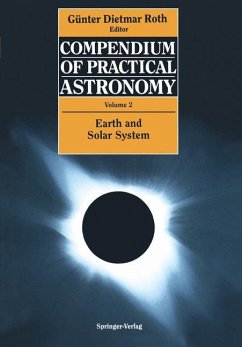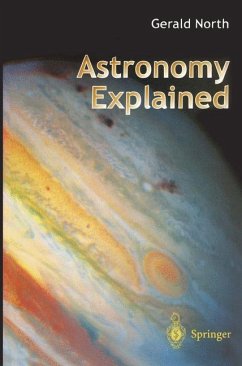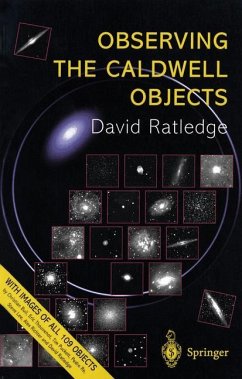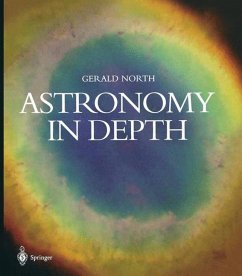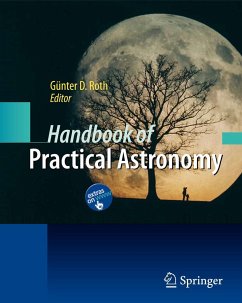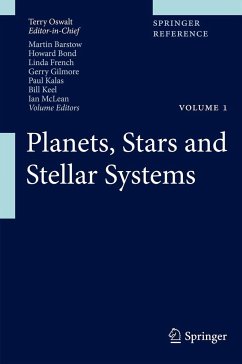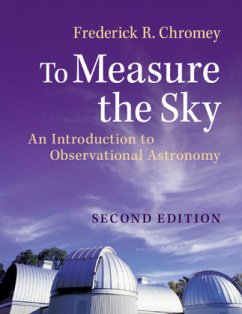
Compendium of Practical Astronomy
Volume 3: Stars and Stellar Systems
Mitarbeit: Roth, Günter D.
Versandkostenfrei!
Versandfertig in 1-2 Wochen
38,99 €
inkl. MwSt.

PAYBACK Punkte
19 °P sammeln!
Die englische Ausgabe von G. Roths Handbuch für Sternfreunde ist überarbeitet und zum Teil beträchtlich ergänzt worden. In drei Bänden wird das Rüstzeug für astronomische Amateurbeobachtungen in unvergleichlicher Weise von hervorragenden Fachleuten zusammengestellt. Das Werk richtet sich an Beobachter und an Studenten von Oberschulen und Colleges.





